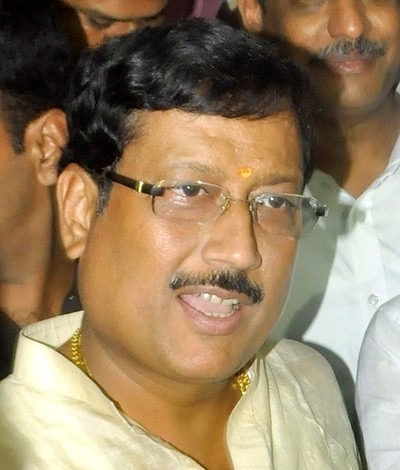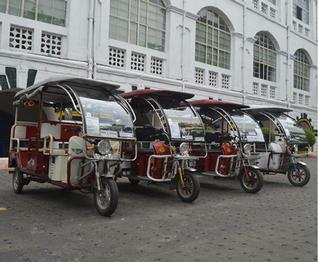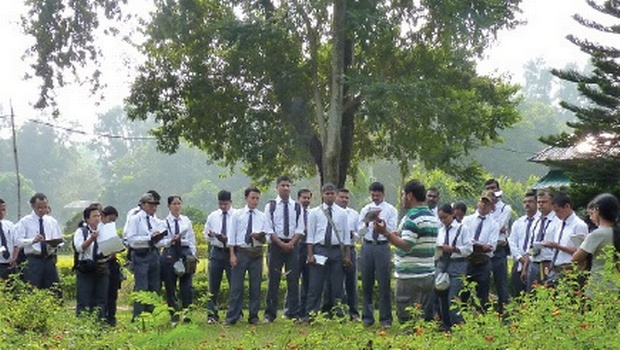Kolkata:
Its rippling waters tell many a tale and history – dating back to the 12th century. Possibly the oldest waterbody in south Bengal, Sen Dighi in Boral on the southern fringes of Kolkata has survived centuries of negligence, contamination and encroachment. It has seen change of rule, dynasties, eras and witnessed the metamorphosis of the region from a marsh-infested forest land to a thriving habitat. While more than half the waterbodies in the area have vanished and an expanding city has consumed wetlands, Sen Dighi has existed for an incredible 800 years. The 23-bigha pond, a heritage waterbody, now faces a challenge from immersion-induced pollution and its fragile banks are steadily being eaten into by garbage dumps.
A study of its water revealed that the biological oxygen demand of Sen Dighi is high. The water quality has taken a beating ever since the pond was thrown open to immersions and Chhat festivities, according to locals and experts. Even though idols are removed quickly, the residue is enough to affect the water, they say. Perhaps, a bigger threat to the pond is posed by the eroding banks, made unsteady by devotees who have been clearing vegetation along the edges during Chhat. It has led to the uprooting of two trees and another has been left unsteady. These trees are crucial to the survival of Sen Dighi since they have been holding the banks together.
“Over the years, much of Sen Dighi has been lost through encroachment. It is important to protect the pond from pollution and infringement since it is part of our history. We must ensure that Sen Dighi retains its size and its water remains unpolluted,” said Dipayan Dey, chairman of SAFE, a green NGO that is now studying the pond’s water quality.
Around 20 km from Kolkata, Sen Dighi was dug by Ballal Sen, the second ruler of Bengal’s Sen dynasty, in the late 12th century. It must have measured close to a hundred bighas then and was the principal source of water for a large swathe of area to the south of Kolkata, according to Madhu Basu, who has chronicled the history of Sen Dighi. “The city didn’t exist then and it was a practice to dig huge waterbodies that would be taken care of by locals. Almost every house had a tank attached to it. But Sen Dighi stood out due to its size and the fact that it was maintained by the local Tripura Sundari temple that still survives. It is one of the last symbols of the region’s past prosperity,” said Basu, who runs an NGO called Economic Rural Development Society (ERDS).
Over the years, numerous archaeological relics of the Gupta, Maurya, Pala and Sen dynasties have been excavated from Sen Dighi and the areas around it. In the mid-Eighties, Sen Dighi was dried up and cleansed by ERDS. A local body of businessmen took the pond on lease for pisciculture. A part of the money earned from the lease goes to the Tripura Sundari trust. “We dug up numerous relics from the pond. They are now conserved at the Tripura Sundari temple, Ashutosh Museum and a few other places. That was the last time the pond was cleaned,” said Basu, who has penned a book on the history of Boral titled ‘Itihasher Darpane: Boral’.
Locals, on the other hand, pointed out that Sen Dighi is diminishing in size, bit by bit. Documents held by the Tripura Sundari trust mentions the size of the pond as 45 bighas. Less than half of it remains. “Immersions have led to the felling of trees and litter has filled up a portion along the northern bank. If this continues, the pond will get further reduced in size,” said a member of the local Boral Parliament Club that helps the temple trust in maintaining the pond. Basu, who is a resident of Boral, agreed. “Encroachments have always been a threat. With real estate activity being brisk in the area, the future is uncertain for Sen Dighi,” he said.
Till a hundred years ago, the pond would be surrounded by brick kilns. Legend has it that a trader named Maheshwar Shau from Odisha had introduced fish cultivation at Sen Dighi. “Locals got jealous of him and he was killed and thrown into the pond. For many years, people would keep away from Sen Dighi and believed it was haunted,” said Basu.
Green actvists believe immersions should be stopped and Sen Dighi should be cleaned to save it. “If it has to survive, Sen Dighi shouldn’t be used for bathing or washing. Once the water has been cleaned, a pump could be used to pull out water, which can then be used by locals. It would be a shame if Sen Dighi degenerates into a stinking pool like so many around it already have,” said environmentalist AK Ghosh.
source: http://www.timesofindia.indiatimes.com / The Times of India / News Home> City> Kolkata / by Prithvijit Mitra / TNN / February 10th, 2016





